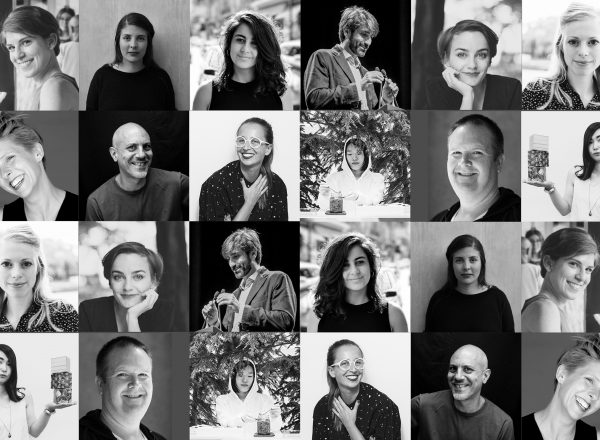
The Winner of the Future Food Design Awards
With a clear design backed up by thorough research, Adelaide Tam is the winner of this year’s Future Food Design Awards. Her project 0.9 Grams of Brass takes the only piece that is left over from the slaughter of a cow, the cartridge of the stun gun, and turns it into a mundane object, a paperclip. This paperclip costs exactly the same as the cartridge and leaves us wandering, what is the value of life within the meat industry? With her design she won the audience award, as well as the jury prize.
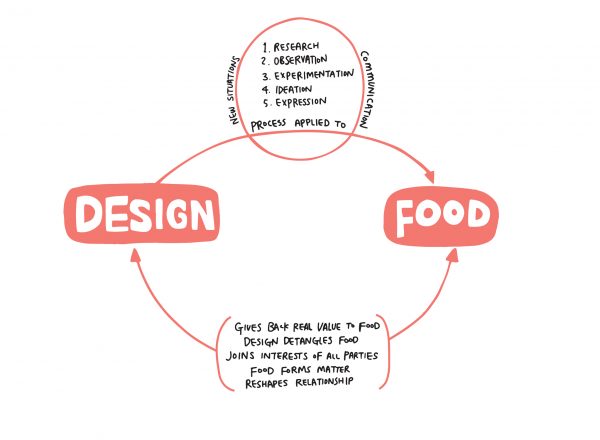
The Food & Design Manifesto Event
The Food & Design Manifesto of The DIFD will kick-off at this year's Dutch Design Week. Make sure you are there to explore the question of “what design can do for food” together with us.
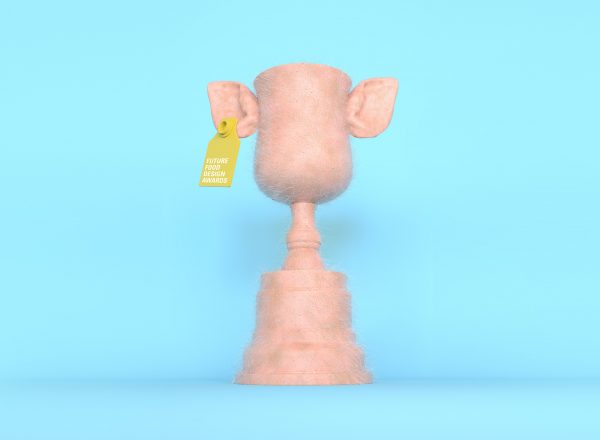
Vote on your favourite project for the Future Food Design Awards
From today forward you can vote on one of the three nominees for the Future Food Design Awards 2018.
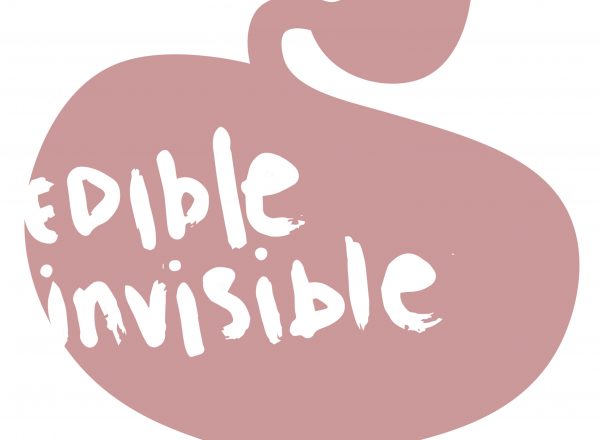
Embassy of Food
The DIFD presents design visions on an invisible edible world at the Dutch Design Week.
Future Food Design Awards
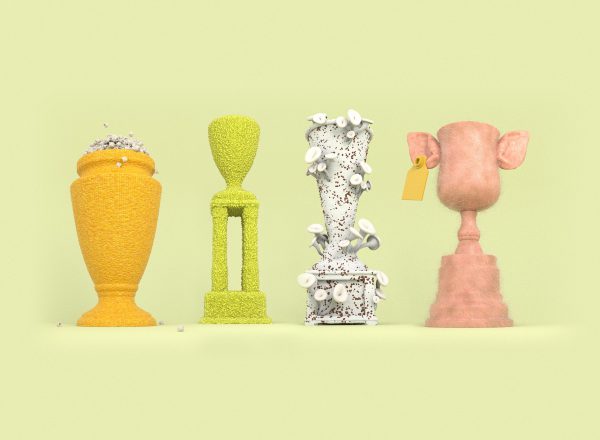
Future Food Design Awards
The Future Food Design Awards (FFDA) is now open for entries that challenge the way we view food. (Applications are now closed)
Subscribe here
Sign up for the Dutch Institute of Food & Design newsletter and stay up to date!
Lab Pearls - The In Vitro Meat Cookbook
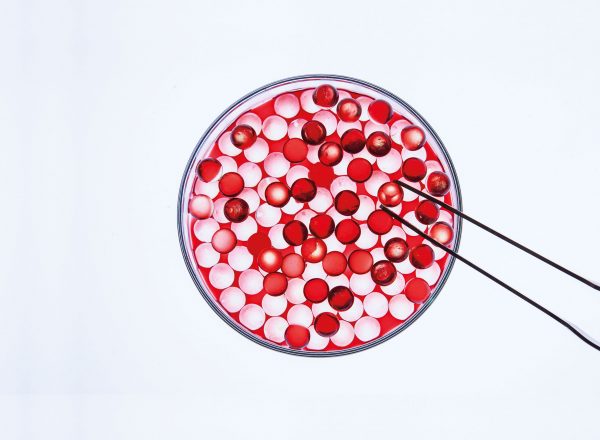
A new website!
We've just launched our new website! We're excited to introduce you to our new fresh look.
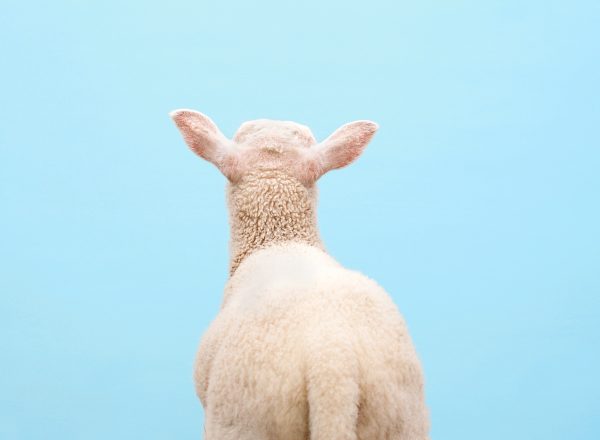
Agri Meets Design celebrates 5 year anniversary
Agri meets Design, our partner in the Future Food Design Awards, is celebrating their 5 year anniversary and published an extended edition of their magazine.

